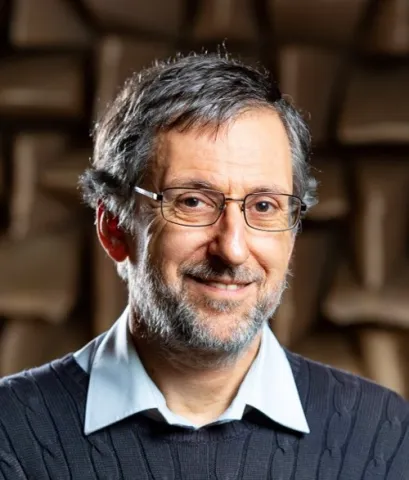About the project
An exciting PhD opportunity is available at the Institute of Sound and Vibration Research, University of Southampton in conjunction with Alstom on the control of noise from railway slab track.
The aim of the project is to understand the noise generation mechanisms of different types of slab track. You will do this by developing appropriate prediction models. These will make use of tools such as finite element and boundary element methods as well as analytical methods.
Railways are an environmentally friendly means of transport that have seen a resurgence in popularity worldwide. However, the noise they produce is often seen as a barrier to new development. It is therefore vital to understand and control the noise and vibration they produce.
Around the world, many new lines, both high-speed and metro, are being constructed using concrete slab track instead of conventional ballasted track. This has advantages for reducing maintenance and life-cycle costs, but it can result in higher noise levels than ballasted track.
To support the development of these models and to provide experimental validation, you will have the opportunity to perform measurements in our laboratories as well as in the field. The models will be updated by correlating test and simulation results.
The results of this project should lead to the development of innovative solutions to reduce the rolling noise levels during a train pass-by.
A full stipend is provided, and tuition fees are covered for UK and EU candidates.
The project is supported by Alstom Transport. Alstom is an international company that offers a complete range of transport sustainable solutions, from rolling stock (high-speed trains, regional, suburban, metros and light rail vehicles) to integrated systems, customised services, infrastructure, signalling and digital mobility solutions.
Some travel to France and/or other countries may be required as part of the project.
